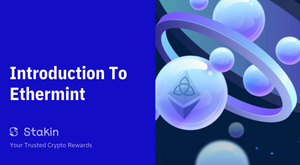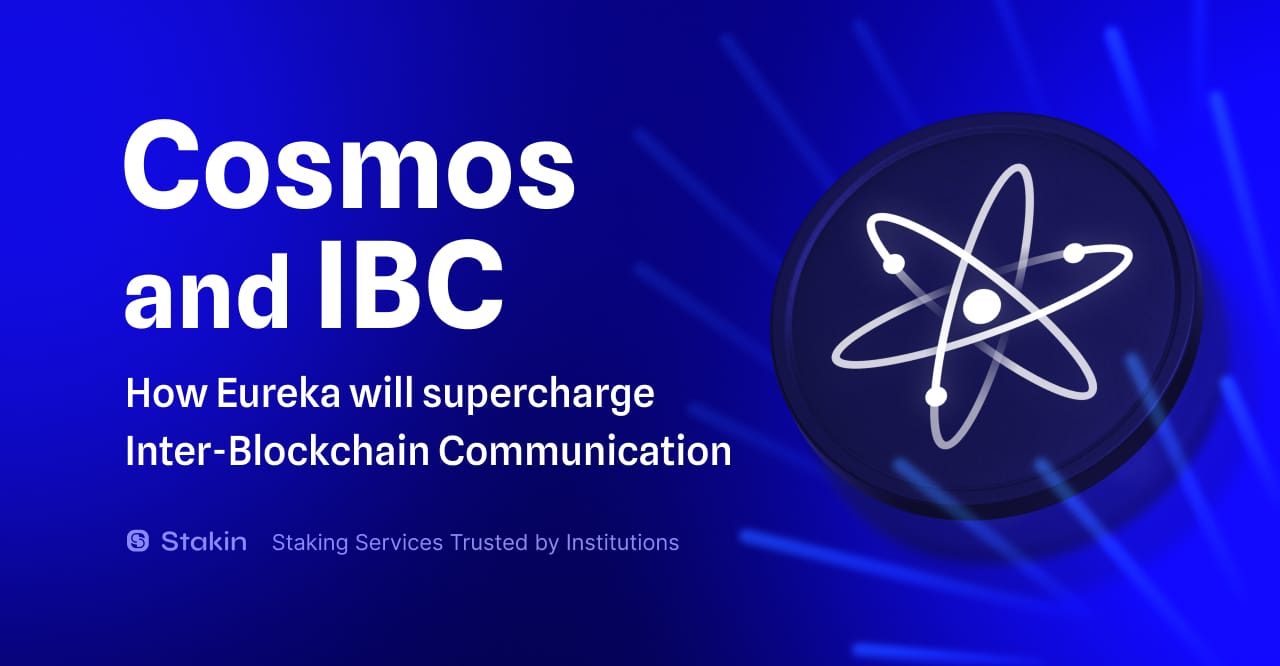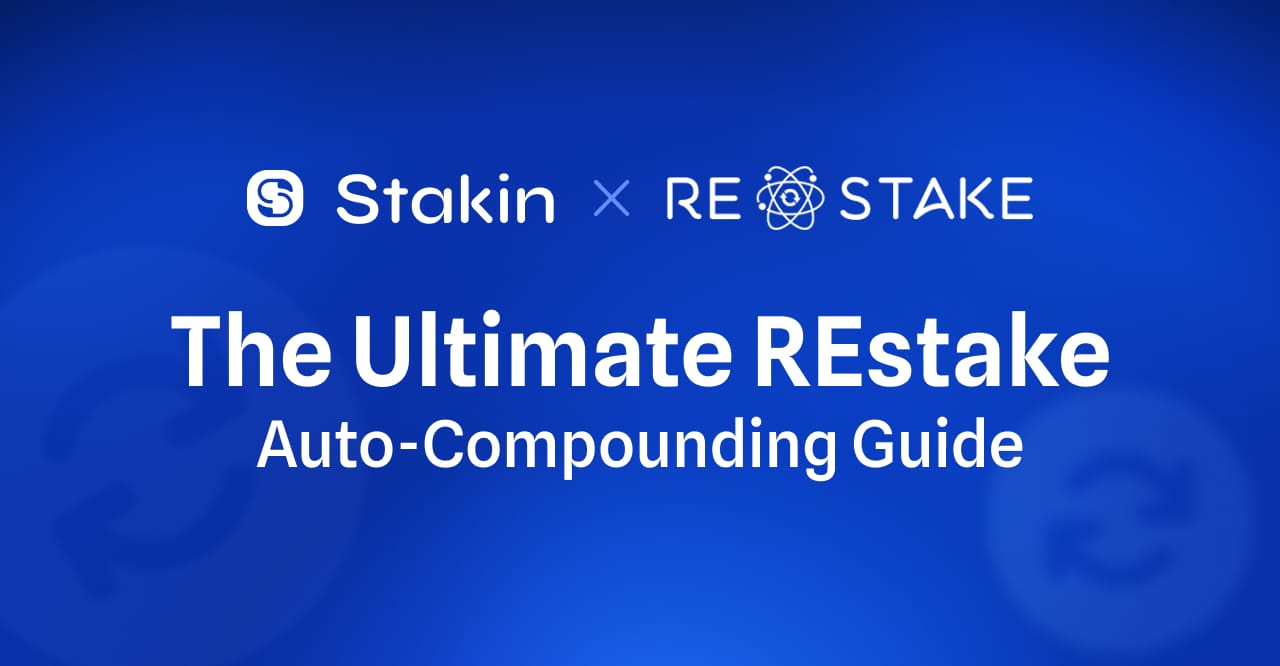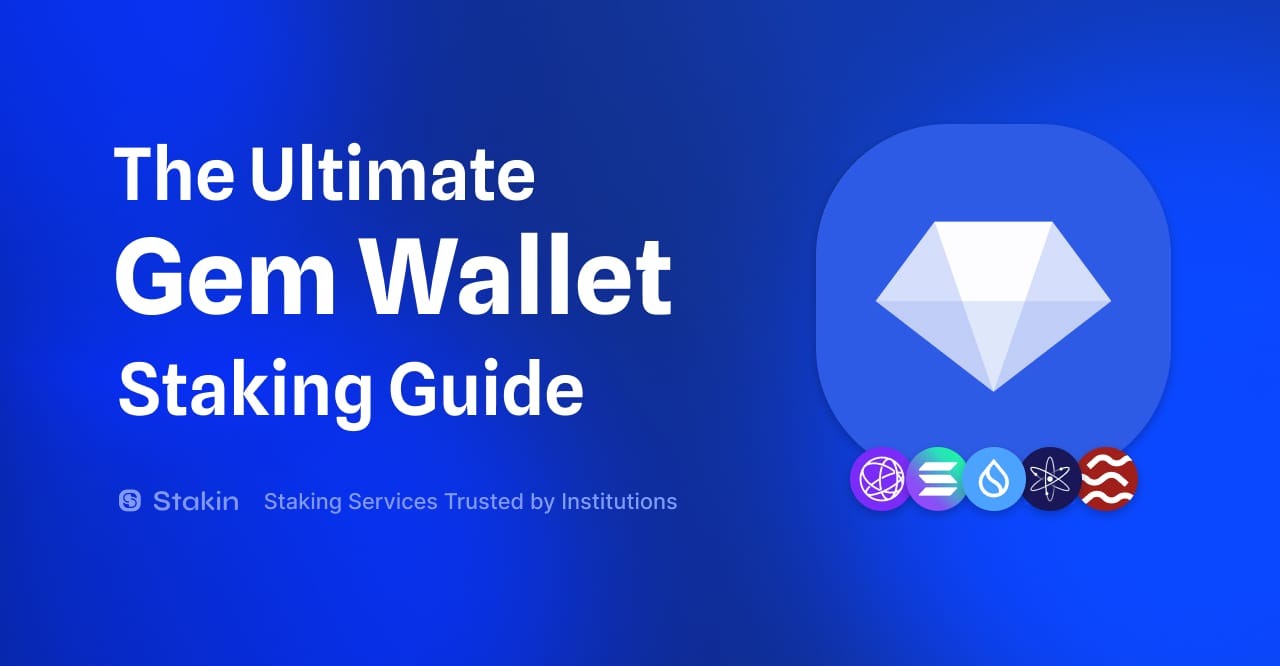Hi, fellow blockchain enthusiast👩💻,
If you’re active in the Cosmos and Ethereum communities, you may have already heard about Ethermint: the perfect fusion between Ethereum and Cosmos?
Ethermint is a proof-of-stake blockchain, built on the Cosmos SDK, that is EVM (Ethereum Virtual Machine) compatible. Basically, with Ethermint, developers can run a Tendermint PoS equivalent of Ethereum, and benefit from all the advantages of Ethereum, such as Solidity smart-contracts and development tools. Because it is built using the Cosmos SDK, Ethermint is also compatible and connected with other blockchains in the Cosmos ecosystem through the Inter Blockchain Community Protocol (IBC).
The three main components of the Ethermint stack are:
- Ethereum Virtual Machine — In short, virtual machines are a level of abstraction between the executing code and the executing machine. It means that the code developers write gets compiled into EVM bytecode, and the blockchain then runs EVM code when executing smart-contracts. EVM is the leading standard for smart-contract development. With EVM compatibility, developers can build the same way that they would do on Ethereum, and benefit from the same tools and applications.
- Cosmos SDK — The Cosmos SDK is an open-source framework for building multi-asset public PoS blockchains interoperable with the Cosmos ecosystem and notably the Cosmos Hub. The blockchains built with Cosmos SDK are often referred to as application-specific blockchains.
- Tendermint’s Core BFT Proof-of-Stake consensus engine — Tendermint Core is the consensus system of the Tendermint platform that additionally consists of a generic application interface. What is unique about Tendermint is that, unlike other blockchain solutions pre-packaged and built-in state machines, developers can use the Tendermint for BFT state machine replication of applications whatever language they desire and whatever development environment works for them. For more information, check the full article about Tendermint here.
Ethermint has a couple of key features, which are quickly discussed in the paragraph below.
Main Features of Ethermint
Four main features are included in Ethermint. The first is full Web3 compatibility. If you’re unfamiliar with Web3, have a quick look at the video below.
Ethermint is fully compatible with Ethereum’s Web3 interface and the existing tooling around Ethereum clients via RPC endpoints (a network-specific address of a server process for remote procedure calls). That means that if someone has built a wallet or DEX on Ethereum, usually, it would take a high amount of time to port the application and run it. However, with Ethermint, it just requires a quick change of a single value in your code — known as the URL.
Another key feature is that Ethermint is built on Tendermint’s PoS engine, as discussed earlier. Building on Tendermint doesn’t just allow a much higher throughput; it also becomes cheaper to execute smart contracts (because Tendermint can process way more transactions per minute than the EVM). And that simply means that it is faster and cheaper to execute smart contracts in Ethermint.
Ethermint offers 2 more main features, and this is where it gets a bit technical. First, unlimited horizontal scalability, as scalability challenges are known things for Ethereum. By itself, Ethermint can process around 200 TPS (transactions per second). But with the Cosmos Hub, you can increase that number significantly. Additionally, it is possible to (thanks to the peg zones and design of the hub) create a second, third, etc. Ethermint zone, increasing the TPS with every Ethermint zone that is added. This method of achieving horizontal scalability is unique to the Cosmos network. And it’s infinitely scalable.
Then there is the instant transaction finality because Ethermint is built on Tendermint’s transaction finality property (where blocks are finalized in around 1 second on average); this is the same for Ethermint.
The Importance Of Ethermint
Now that leaves the question: why is Ethermint so important? Well, even though there are many new smart contract platforms and multi-blockchain ecosystems like Cosmos. Ethereum still has one of the largest community bases of users and developers within the blockchain environment. Ethereum requires improvement in scalability, gas price, and the ability to customize a project’s desired functionality. Through leveraging Tendermint, Ethermint can provide lower gas prices and a more accessible framework for customization. Through the EVM as a Cosmos SDK module, Ethermint can support any smart contracts, DApps or DAOs deployed on Ethereum. And as Cosmos itself says, the possibilities are endless.
More Information
- For more information, check the Ethermint Github here.
- Cosmos Network Media
DISCLAIMER: This is not financial advice. Staking, delegation, and cryptocurrencies involve a high degree of risk, and there is always the possibility of loss, including the loss of all staked digital assets. Additionally, delegators are at risk of slashing in case of security or liveness faults on some protocols. We advise you to do your due diligence before choosing a validator.



